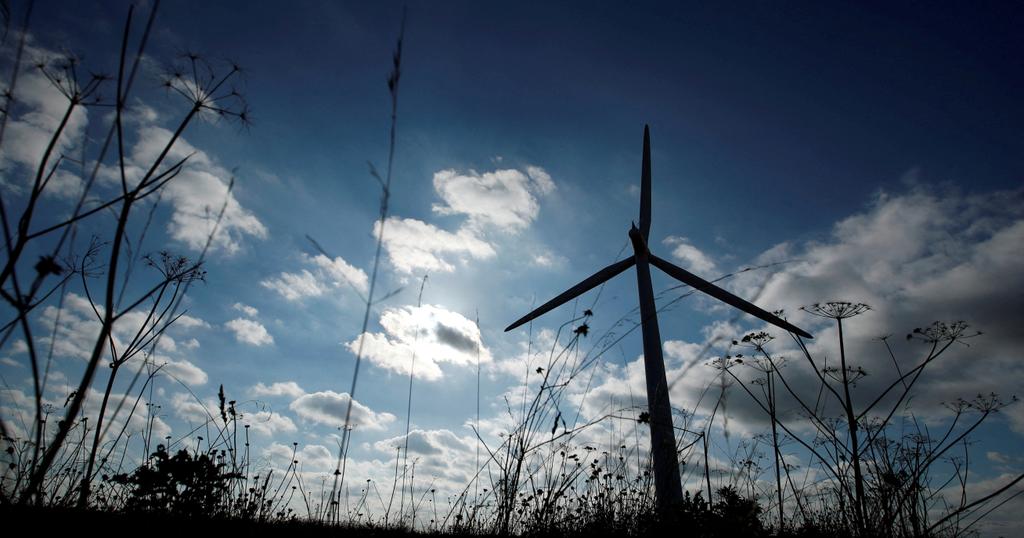Longevity, influence and the social media trap: Who do we trust with our health?
In a world where six-pack abs are flaunted more than six-point health plans, who are we really trusting […]

Renewable energy has been tipped to overtake coal, hydropower, and other traditional leading electricity generation sources worldwide in a groundbreaking shift by early 2025.
Projections indicate a remarkable growth in potential renewable electricity generation, reaching approximately 14,400 TWh by 2028, signifying a surge of nearly 70% from 2022, an IEA report indicates.
The report titled ‘Renewables 2023: Analysis and Forecast to 2028’ further highlights the significant milestones in achieving this global shift over three to five years, between 2024 and 2028.
In 2024, the report forecasts a historic moment as variable renewable generation outpaces the traditionally dominant hydropower. This will mark a crucial shift in the energy paradigm, highlighting the increasing demand for diverse renewable sources in the global power mix.
Later in 2025, renewable energy is set to surpass coal-fired electricity generation. This shift reflects a substantial stride towards sustainable energy practices, emphasising the global commitment to reducing reliance on fossil fuels. Continuing in the same year, wind energy is projected to outperform nuclear electricity generation. This underlines the growing significance of wind power as a major contributor to the world’s energy needs.
In 2026, the solar photovoltaic (PV) sector is expected to achieve a significant milestone by surpassing nuclear electricity generation. The increasing efficiency and affordability of solar technology play a significant role in this transformative shift toward cleaner and more sustainable energy sources.
The IEA projects a conclusion to the shift in 2028, as solar PV is projected to overtake wind electricity generation. This milestone emphasises the accelerating growth and widespread adoption of solar power in the global energy landscape. Solar PV is a non-mechanical device designed to directly convert sunlight into electricity.
The report reads in part, “Over the forecast period, potential renewable electricity generation growth exceeds global demand growth, indicating a slow decline in coal-based generation while natural gas remains stable. In 2028, renewable energy sources will account for 42% of global electricity generation, with wind and solar PV making up 25%. In 2028, hydropower will remain the largest renewable electricity source. While renewables are currently the largest energy source for electricity generation in 57 countries, mostly thanks to hydropower, these countries represent just 14% of global power demand. By 2028, 68 countries will have renewables as their main power generation source, but they still only account for 17% of global demand.”
With nations increasingly adopting renewable energy policies and working towards achieving these milestones, the renewable energy revolution is set to leave a mark on the history of global power generation.

In a world where six-pack abs are flaunted more than six-point health plans, who are we really trusting […]

In the era of social media, post-COVID, and with mental health at the forefront, a shift is taking […]